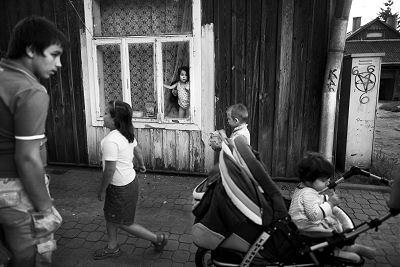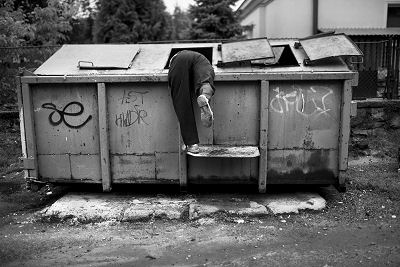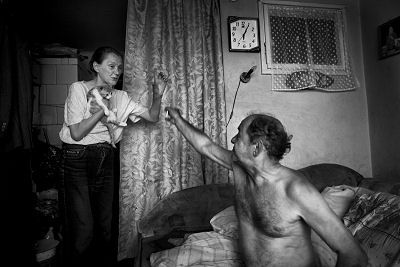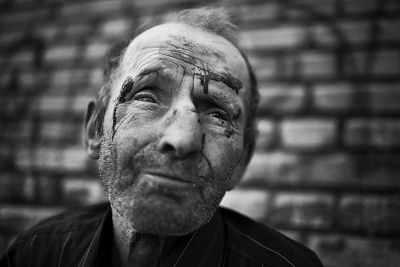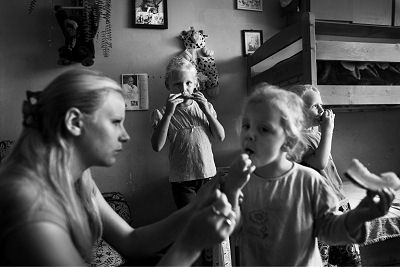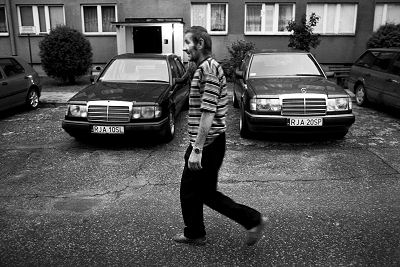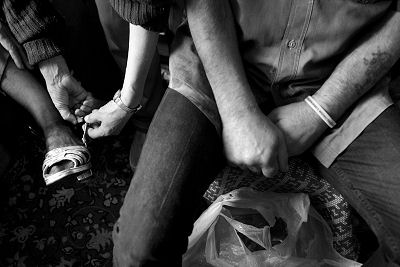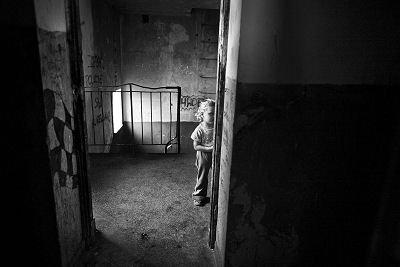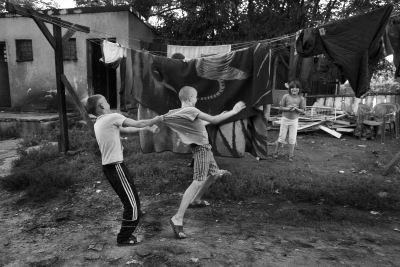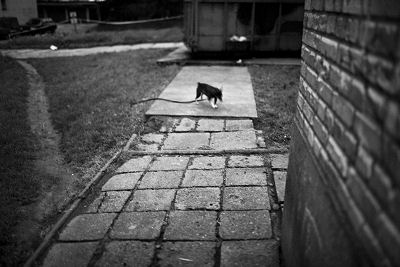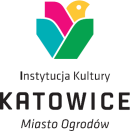|
Strona archiwalna!
Ta strona zawiera treści archiwalne, które nie były zmieniane po 23 września 2019 r. Jeśli chcesz wiedzieć więcej zapoznaj się z deklaracją dostępności
|
||||||
archiwum
 2006 2006
 2008 2008
 2010 2010
 2012 2012
 2014 2014 |
||||||

| ||||||
 |
 |
|||||

|
||||||
| strona główna założenia regulamin kalendarium wskazówki pobierz jury rejestracja zgłoszone projekty galeria gallery | archiwum kontakt | |||||
Description popularizing the research project Each city has a place like this. Often it is not so distant from a modern housing estate with a barrier blocking the way to a car park inside. Sometimes it is a former workers hostel, sometimes it is just a few-storey cheap block of flats built of precast panels. People whose life went off course or child time dreams did not come true live there the best they can, often against the social norms and customs, often in conflict with the law. People living in the modern estate never go there with a neighbour's visit. They prefer to make a detour just to avoid the place where they feel like intruders, and their children have a blanket ban on contacts with the 'underclass'. They live their separate lives although sometimes their paths cross shopping in the same grocers, or commuting to work on the same tram. When it happens that somebody's modest belongings burn down in an accidental fire, or an ambulance takes somebody to hospital after a neighbours' feud, then the 'modern' focus their attention on them for a while, even donate some of their things, only to come back to the unwritten separation then. Abstract We explored a compound consisting of a few blocks of flats commonly called "Awaryjniak". People who live there are most often migrants awaiting their own apartments, or the ones who cannot afford one. Within it is possible to observe various examples of pathological and abnormal, from the social point of view, behaviour. Underclass and normal, or trying to be normal, families live next door. In spite of the dichotomy there is a specific microstructure within the community. Individuals were gathered and forced to live together in the confined area. The blocks are located in the city centre. Yet even the people living near there do not know what the life inside looks like. Photography seemed to be a hard and yet the best means to get inside the postmodern ghetto. It was also supplemented with participant observation. The fact of inhabiting the area forms semi-permeable border. The tenants work, use city infrastructure, and function within the society. At the same time an outsider visiting the blocks is considered as breaking a certain taboo. The community developed all the ties described in the microstructural theory: cognitive - when the tenants meet one another (although it is possible ), and evaluative - whenever the tenants describe the place. Individuals of various past, which lead them to the place, who form the community share similar problems and the sense of their own self.
|
|
|||||

